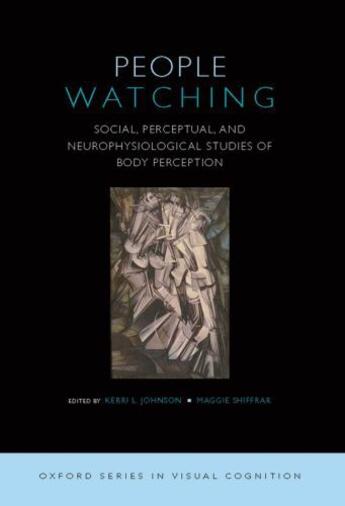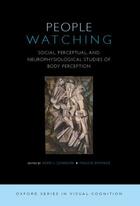Résumé:
The human body has long been a rich source of inspiration for the arts, and artists have long recognized the body's special status. While the scientific study of body perception also has an important history, recent technological advances have triggered an explosion of research on the visual... Voir plus
The human body has long been a rich source of inspiration for the arts, and artists have long recognized the body's special status. While the scientific study of body perception also has an important history, recent technological advances have triggered an explosion of research on the visual perception of the human body in motion, or as it is traditionally called, biological motion perception. Now reaching a point of burgeoning inter-disciplinary focus, biological motion perception research is poised to transform our understanding of person construal. Indeed, several factors highlight a privileged role for the human body as one of the most critical classes of stimuli affecting social perception. Human bodies in motion, for example, are among the most frequent moving stimulus in our environment. They can be readily perceived at a physical distance or visual vantage that precludes face perception. Moreover, body motion conveys meaningful psychological information such as social categories, emotion state, intentions, and underlying dispositions. Thus, body perception appears to serve as a first-pass filter for a vast array of social judgments from the routine (e.g., perceived friendliness in interactions) to the grave (e.g., perceived threat by law enforcement). This book provides an exciting integration of theory and findings that clarify how the human body is perceived by observers.
Donner votre avis









